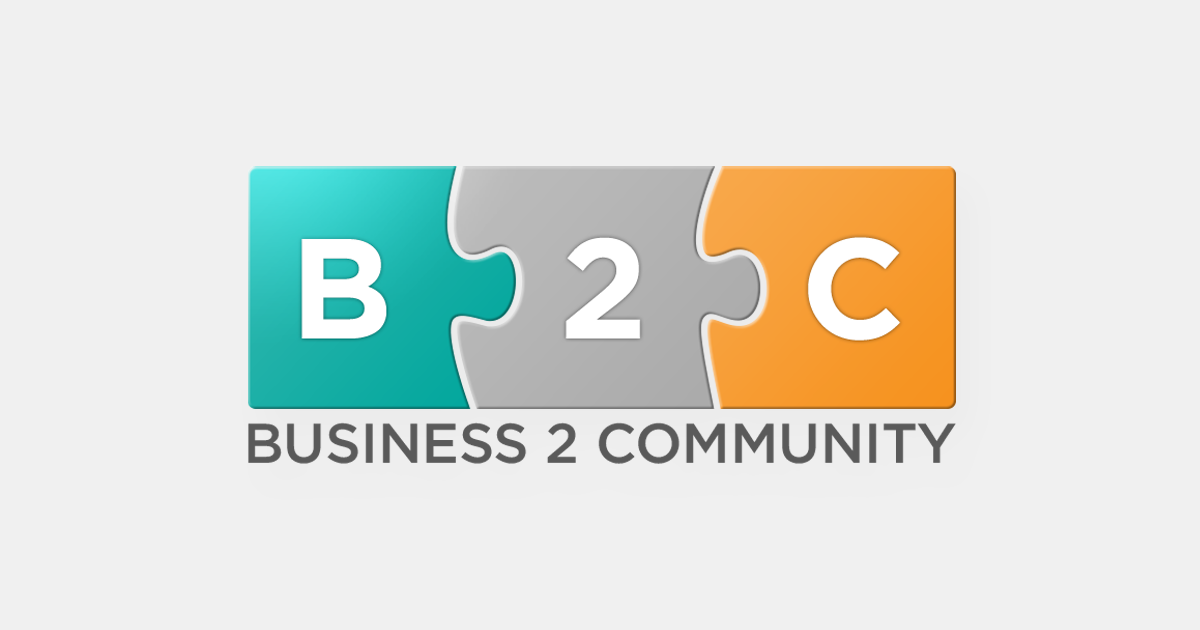When it comes to meeting the requirements of a new government regulation, many businesses turn to a sort of “brute force method.” This involves hiring someone to do data entry and recording whatever needs to be reported to meet the specific regulation. The typical software solution is essentially an online form for capturing all of the required data. The problem with this method is that it is still not a smart form. The form may now have a value list from which the person doing the data entry can select from, but it still involves a lot of manual data entry. A smart app also takes into account the roles of each individual and what we are they are involved in the process to optimize the time to each employee spends collecting the information that is required for the government regulation. If it isn’t broken … Frankly, solving the problem of data entry when it comes to government regulations isn’t really the kind of thing most business owners get enthusiastic about. What results is a sort of “it isn’t broken, don’t fix it” kind of mentality; even though the reality is that the process could be improved greatly. The lemonade factor In many cases, there are other positive outcomes that result from implementing this kind of solution. Often, being forced to find a way to grapple with an obstacle leads to great improvement. How have you grappled with meeting government regulations?
Whether it’s laws in place to protect employees’ rights and safety, protect the environment or corporate accountability, navigating government regulations can be tedious at best, prohibitive at worst. Historically, for smaller businesses with fewer staff and strapped resources, the time and energy needed to grapple with these regulations is particularly onerous. Sometimes the perception alone of what they entail can overwhelm small business owners.
The actual cost of federal regulations is hotly debated among government agencies, politicians and business advocates. A new survey issued this year by the National Small Business Association, an advocacy organization, estimated that the average small business owner is spending at least $12,000 per year dealing with regulations. Nearly one in three respondents also reported that they spend more than 80 hours a year on this. What’s more, the organization’s 2015 survey of small business owners found that 59 percent considered the administrative burden to be the most significant impact of the US federal tax code.
And that’s not counting individual state, county and city regulations.
So how do we find a way to grapple with these without completely disrupting business operations?
When it comes to meeting the requirements of a new government regulation, many businesses turn to a sort of “brute force method.” This involves hiring someone to do data entry and recording whatever needs to be reported to meet the specific regulation. Typically it involves a lot of paperwork, whether tangible or electronic, with information being collected from multiple sources. Bringing together this scattered information carries a high risk of data entry errors and misreporting.
In many cases, if enough businesses are affected by the same government regulation, a software provider will step in with an industry-wide solution. Think of the various tax and accounting software solutions out there, for instance. These one-size-fits-all solutions aren’t always much better than the brute force approach.
The typical software solution is essentially an online form for capturing all of the required data. The problem with this method is that it is still not a smart form. The form may now have a value list from which the person doing the data entry can…

COMMENTS